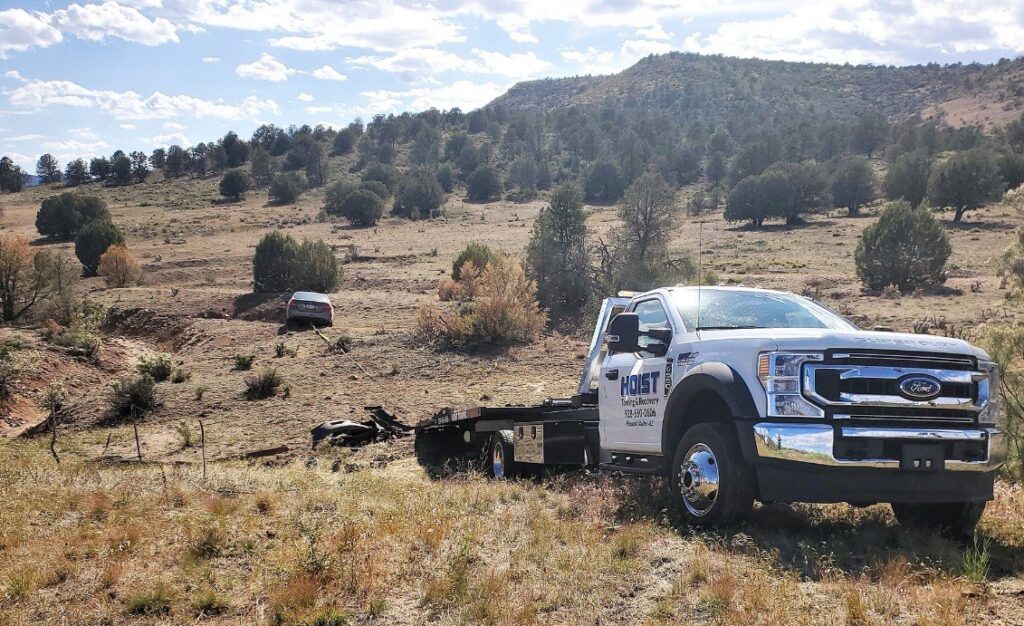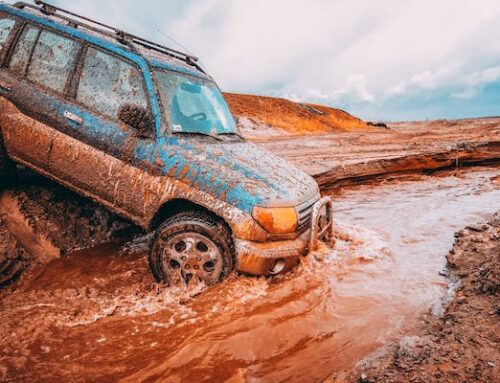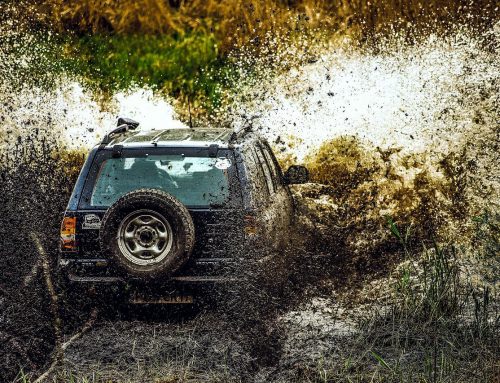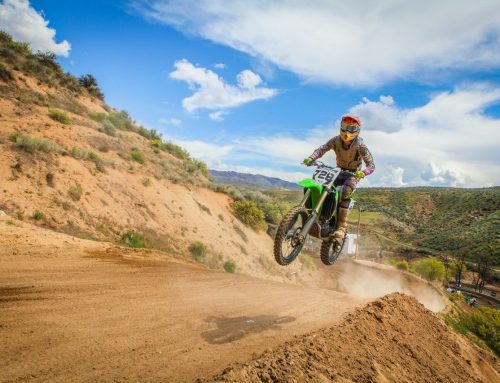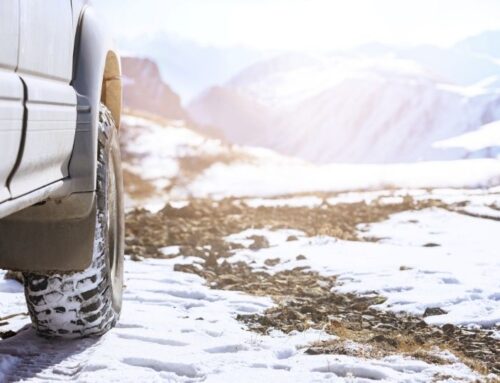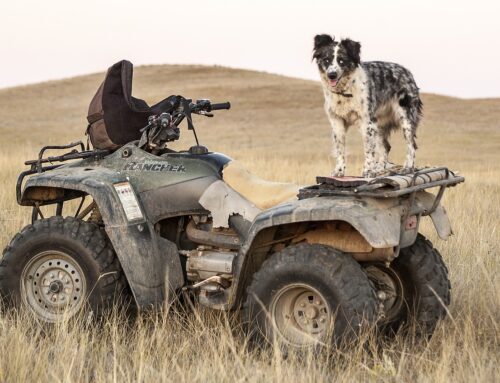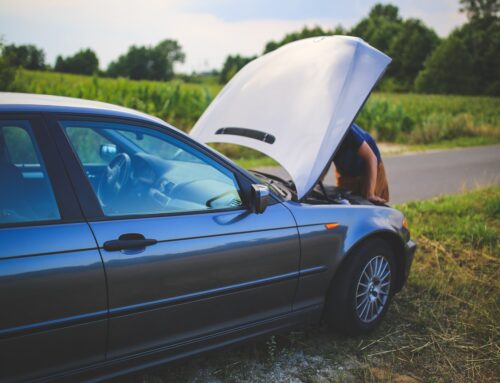Embarking on off-road adventures is a thrilling pursuit that brings enthusiasts face-to-face with challenging terrains. While the thrill is undeniable, the unpredictable nature of off-road environments often leads to situations where effective recovery becomes paramount. At Hoist Towing & Recovery, we recognize the significance of empowering off-roaders with a comprehensive understanding of Off-Road Recovery Tips. This extensive guide aims to equip you with the knowledge, techniques, and precautions necessary for a safe and successful return to the trail, especially in areas such as Crown King, Bumble Bee, Black Canyon City, as well as other off-road havens, such as Sedona, known for its many off-road areas and breathtaking scenery, alongside Cottonwood and Camp Verde, offering diverse terrains for off-roading enthusiasts to explore.
The Essence of Off-Road Recovery
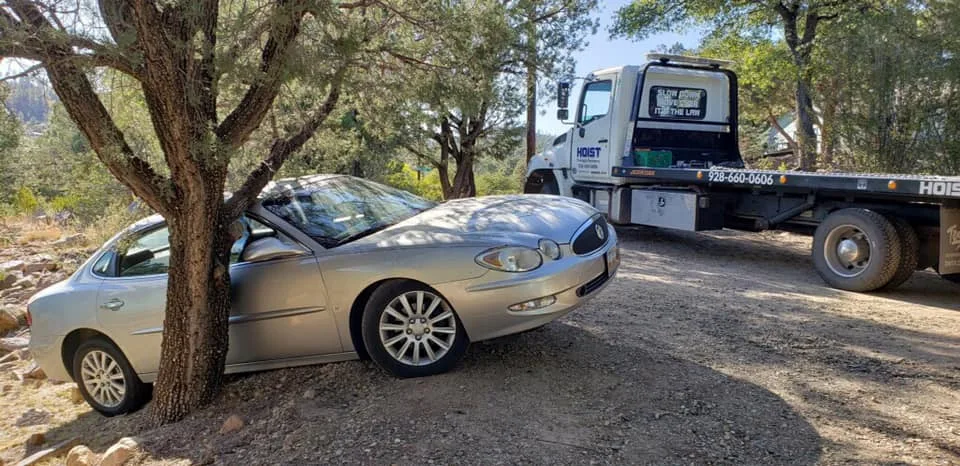
Off-road recovery is a multifaceted process that involves a combination of techniques and tools to extricate a vehicle from challenging situations. Whether it’s mud, sand, rocks, or unforeseen obstacles, off-roaders frequently encounter scenarios that necessitate strategic recovery efforts. The essence of mastering off-road recovery lies in understanding the diverse methods available and employing them effectively.
Off-Road Winching Explained
Off-road winching, 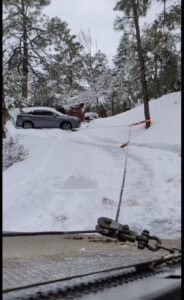 a cornerstone in the art of off-road recovery, plays a pivotal role in extracting vehicles from challenging terrains. This reliable method involves the meticulous transfer of energy from one point to another, demanding specialized tools and a vigilant approach.
a cornerstone in the art of off-road recovery, plays a pivotal role in extracting vehicles from challenging terrains. This reliable method involves the meticulous transfer of energy from one point to another, demanding specialized tools and a vigilant approach.
When engaging in off-road winching, understanding potential risks is paramount. The incorrect connection of endpoints, such as straps and ropes, may result in unexpected breakages. To ensure a safe operation, it is imperative to meticulously measure tension on both sides of the rope or strap and vigilantly monitor connection points. Proficiency in off-road winching is not just a skill; it’s a fundamental aspect for executing a successful recovery operation with precision and safety at its core.
Safely Pulling a Vehicle in Off-Road Recovery
In off-road recovery scenarios, executing a safe vehicle pull demands a systematic approach, emphasizing the importance of thorough equipment inspection and a deep understanding of the surrounding environment. Off-road enthusiasts should meticulously scrutinize all equipment, including straps and winches, ensuring they are not only securely fastened but also in optimal working condition.
Maintaining a safe distance from potential release points, such as snatch blocks and ropes, is crucial during the vehicle-pulling process. This precaution minimizes the risk of accidents and enhances overall safety.
Proper vehicle positioning plays a pivotal role in reducing the energy required for recovery. By adopting safe pulling techniques, off-roaders can navigate through challenging terrains successfully. Prioritizing these safety measures ensures not only the effectiveness of the recovery process but also the well-being of off-roaders throughout their entire off-road adventure.
Traction on the Ground: A Critical Factor
Ensuring proper traction on the ground stands as a critical determinant in the success of off-road recovery operations. This pivotal factor involves meticulous considerations such as tire inflation and the application of terrain-specific techniques. Maintaining optimal tire pressure is paramount, as properly inflated tires significantly contribute to sustaining traction on diverse surfaces, each demanding its unique approach.
In the quest for optimal traction, off-roaders find indispensable tools in sand mats, tow straps, and winches. These tools become essential components in creating the necessary grip on the ground, enabling the efficient extraction of a stuck vehicle. Traction mats, in particular, emerge as valuable accessories, proving instrumental in navigating through adhesive situations encountered during off-road adventures.
Off-Road Rolling Techniques
When conventional recovery methods prove ineffective, off-road rolling emerges as an alternative technique. This method entails maneuvering the vehicle back and forth over an obstacle while maintaining a high RPM range to generate torque.
While off-road rolling is a safe method that doesn’t involve heavy lifting, it necessitates skills, practice, and patience. Caution is paramount, and a thorough understanding of the vehicle’s surroundings is crucial before attempting this technique.
Additional Off-Road Recovery Tips
In addition to mastering core recovery techniques, off-road enthusiasts can elevate their off-road experiences by incorporating supplementary tips into their comprehensive recovery strategy. These tips ensure a safer and more enjoyable journey through challenging terrains:
a. Communication:
- Maintain constant communication with your group via handheld radios or communication apps.
- Establish clear signals and codes to convey potential issues or the need for assistance.
b. Be Prepared:
- Plan for potential challenges by conducting thorough research on the off-road route.
- Ensure your vehicle is equipped with essential off-roading recovery tools, including:
- Recovery boards
- Shovel
- Rope
- Tire repair kit
- Portable air compressor
- Tire jack
- Work gloves
- Winch
Ensure you are well-prepared for any unexpected situations by carrying an ample supply of water, food, and emergency provisions. Having an adequate amount of water is crucial to stay hydrated, especially in challenging off-road environments. Pack non-perishable food items that provide sustained energy, catering to potential delays or extended journeys. Additionally, include emergency supplies such as a first aid kit, flashlight, extra batteries, and a multi-tool. Being equipped with these essentials enhances your readiness for unforeseen circumstances, promoting a safer and more resilient off-road adventure.
c. Monitor Wear & Tear:
- Regularly inspect your vehicle for damage or wear on crucial components during and after off-roading adventures.
- Address issues promptly to prevent further complications during recovery.
- Pay special attention to wheels, lug nuts, tires, and the undercarriage.
By integrating these additional tips into your off-road recovery strategy, you not only enhance your preparedness for unforeseen challenges but also contribute to a safer and more resilient off-roading experience.
Closing Thoughts from Hoist Towing & Recovery: Your Off-Road Companion
In our closing thoughts, we emphasize that mastering off-road recovery is an indispensable skill. Hoist Towing & Recovery, your trusted off-road companion, serves Prescott, AZ, with a focus on the picturesque landscapes of Crown King, Bumble Bee, and Black Canyon City, off-road havens like Sedona, known for its many off-road areas and breathtaking scenery, alongside Cottonwood and Camp Verde. As a locally owned company, we specialize in providing towing services, roadside assistance, and Off-Road Recovery to individuals in Northern Arizona. Our experienced team uses cutting-edge winching and extraction methods.
Contact us at (928) 660-0606 for a swift and professional response to your off-road recovery needs. With our expertise, you can navigate the trails with confidence, knowing that Hoist Towing & Recovery has your back. By understanding and applying these comprehensive Off-Road Recovery Tips, off-roaders can enhance their skills, navigate challenging terrains, and ensure a safe and enjoyable off-road experience.

